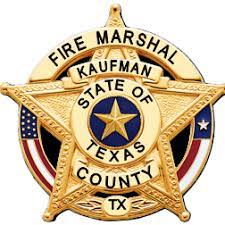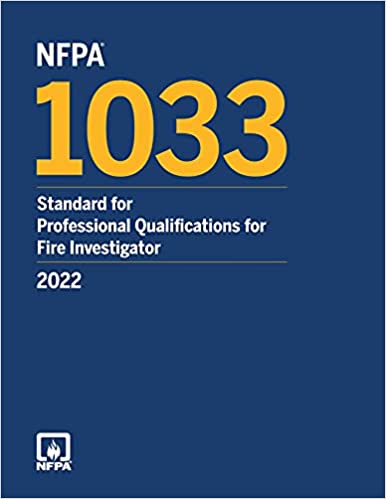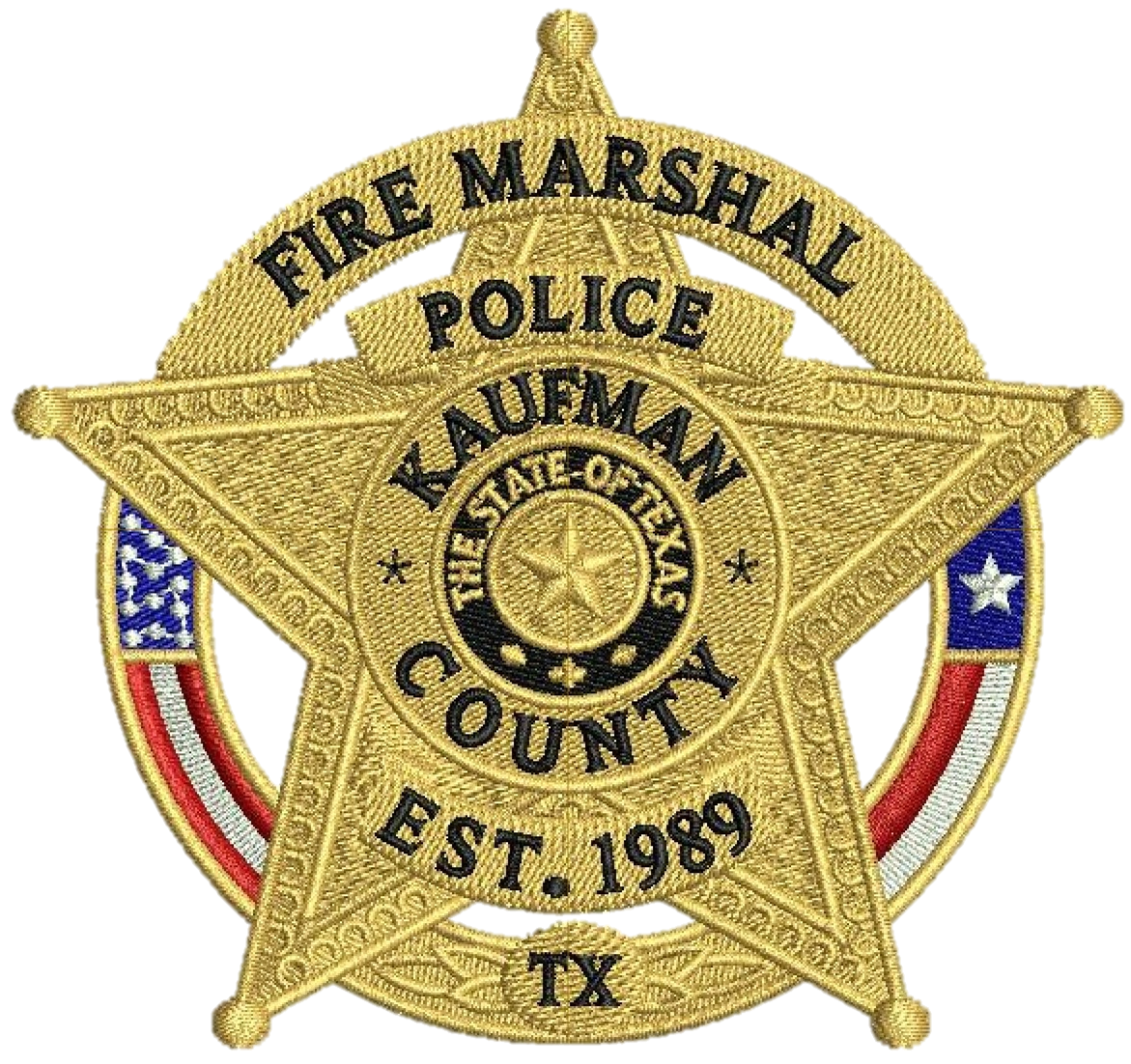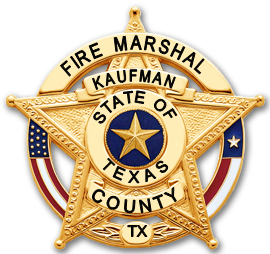Title Page
-
Family Name
-
Location
-
Date of Inspection
-
Inspector
-
There will be less than seven children living in the home.
-
All children are ambulatory and capable of self preservation.
-
A working smoke alarm is installed in each sleeping room.
-
A working smoke alarm is installed in the hallway near the sleeping rooms.
-
Each sleeping room and living area has at least one secondary means of escape other than the "front" or "back" door of the home.
-
Secondary means of egress is defined as: A) a door, stairway, passage, or hall providing unobstructed travel leading directly to the outside of the dwelling, or B) an exterior window with a minimum opening of not less than 5.7 square feet, minimum of 20 inches wide, and at least 24 inches high, and no higher than 44 inches above the floor, located within 20 feet of grade accessible to fire department apparatus, or C) a non-locking door into an adjoining room that has means of escape described in A or B above.
-
Is the house more than one story?
-
Bedrooms and living areas located above the first floor are accessible from a standard set of stairs.
-
A working smoke alarm is installed at the top of the stairs.
-
An escape ladder is available for each window above the first floor that is to be used or considered as a secondary means of escape.
-
A person can travel from any room of the house to an exit that leads directly outside without having to pass through an interior door that can be locked.
-
All primary exterior exit doors, windows used as a secondary means of escape, and any security bars incorporated with these primary and secondary means of escape can be opened from the inside without the use of a key, tool, or special knowledge (security code, combination, etc.).
-
Closet doors are equipped with door hardware that allows the door to be opened from the inside.
-
Bathroom doors are equipped with door hardware that can be unlocked from the outside during an emergency.
-
All gas, wood, or fuel-fired heaters used in the home are vented to the outside (unless otherwise listed and approved).
-
Heaters, including wood burning or gas log fireplaces, are equipped with immovable screens or barriers to prevent contact with open flames or hot surfaces.
-
Gas appliances (heaters, water heaters, stoves, etc.) are equipped with metal tubing and metal connectors.
-
All gas-fired heaters are inspected annually by a qualified technician.
-
All combustible items are stored away from any stove, heater, or fireplace in the home.
-
All lighters and matches are kept out of the reach of children.
-
Flammable liquids are stored in safety cans and kept away from heat and children.
-
An operable five-pound dry chemical fire extinguisher is available for use in the kitchen.
-
The home has a fire escape plan that is written, practiced, and documented.
-
The electrical system appears to be in good condition.
Inspection Status
-
Inspection Status
-
Next Inspection
-
Owner / Representative
-
Phone #
-
Email Address










